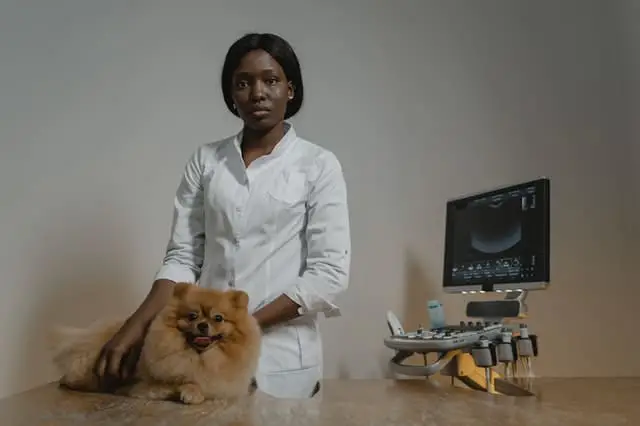Up to what age and how much do cats grow? What to know and what to expect from the growth of our cat from when he is born to adulthood.

While it is normal for dogs to hear about ‘size’, the same principle does not apply to cats. In fact, felines grow, and also very quickly, compared to humans. But what should a master expect from the growth of a cat? What are the stages of his growth? What should we expect from the age he reaches? So let’s see what the various changes are and how to intervene if we notice that there are slowdowns or anomalies.
A question of race? Not only!
The breed to which the cat belongs can certainly give us useful information on its growth, or how much hand we might know what to expect from a Siamese cat or a Sphynx cat. But obviously there are many factors that affect the growth of a feline. Although there may be these ‘interference’, due to malformations or any pathologies, we can indicate a series of factors and characteristics that belong to a certain phase of the cat’s life. We know that felines grow very fast compared to humans: so if a newborn of a few months is not very ‘different’ from when it was just born, the same is not true for cats.
It could be said that a cat is already an adult at six months of age and is perfectly capable of being independent. He can go hunting and do all the activities of an already big cat, that is running, jumping etc. (all this would be unthinkable for a six month old baby). On the other hand, it is about independence: the cat soon detaches itself from the mother, and the mother herself lets him go because she knows that she will have to ‘get by on her own’.
How much do cats grow: newborn ones
When a kitten is born it will need its mother even for the simplest activities: they tend to move little, a little because they don’t see well and a little because they are afraid of their surroundings. Only towards the first month do the first teeth appear and there are the first progresses in the use of the litter box. His weight should be around 113 grams.
From the first to the second month they will start eating solid foods and their weight will increase up to 450 grams. This renewed energy will give them the ability to run and jump, as well as perfect their well-known sense of balance. From two to three months the cat will become an adult, although his abilities still have to be ‘calibrated’ perfectly.
The cat from six months to a year
The biggest difference with the human is probably the fact that a cat at six months (or a little more) already reaches the fullest of its sexual maturity, or feline puberty. So the male cats would theoretically be ready (at only six months!) To become a dad. For this reason, many owners ask their trusted veterinarian for advice to have the cat neutered.
Although it is not a matter of age but of instinct, the cat will perfect its hunting skills towards the first year of life. The feline is a hunter and we see it in all specimens belonging to the genus: whether it is insects, larger animals or humans, the cat will try to grab with its paws everything that comes to life under its eyes, objects included.
What to expect from an adult cat and when it becomes elderly
When we talk about a cat’s adulthood, we are referring to a feline that is at least three years old. From that time on, the cat will also develop a sense of play and physical activity, although much of the time it will spend sleeping. So let’s not be impressed if we see him lazing for at least 14 hours a day. On the other hand, when our cat turns seven, he will enter the ‘third’ phase of his life, namely that of seniority. He will have less desire to play and move and it will be difficult to enjoy his company, as he will always be so tired that he wants to sleep.
How much do cats grow: the exception

There is a cat that overturns all the criteria listed so far, since it does not ‘respect’ the criteria of the usual feline growth. This is the Maine Coon, the big cat that can grow well beyond the first year of life. in fact it seems that at least until it turns 5 this feline reaches ‘unexpected’ dimensions. We think that the weight of a female fluctuates on average between 5 and 7 kg, but even more; the male can even weigh 15!
Such an important weight is accompanied by an equally remarkable length of about 50 cm. You should always keep an eye on your weight and record your changes at least once a month, and then notify your vet.






